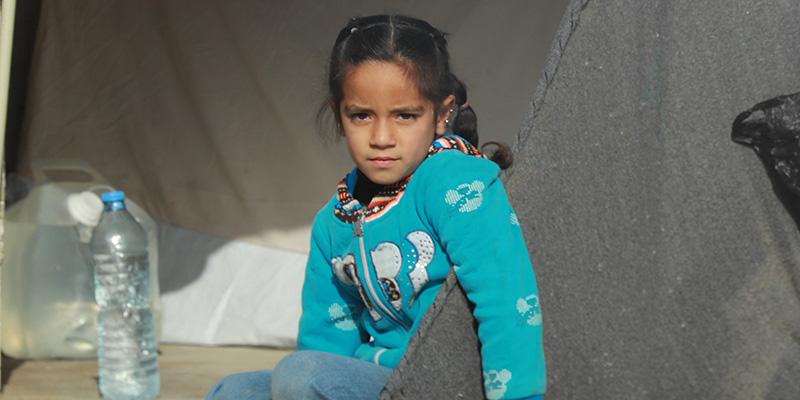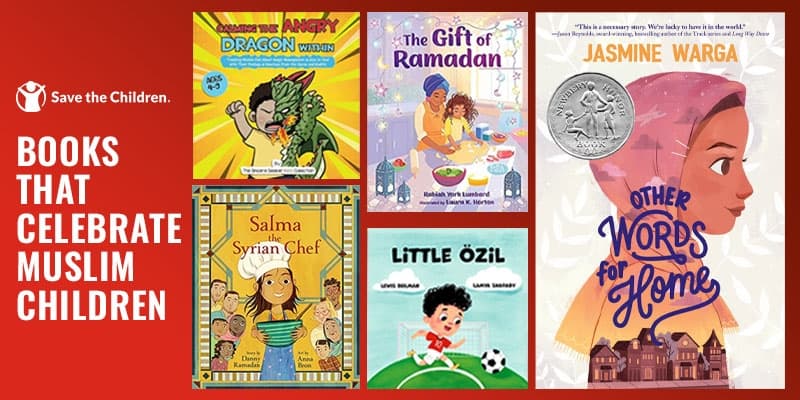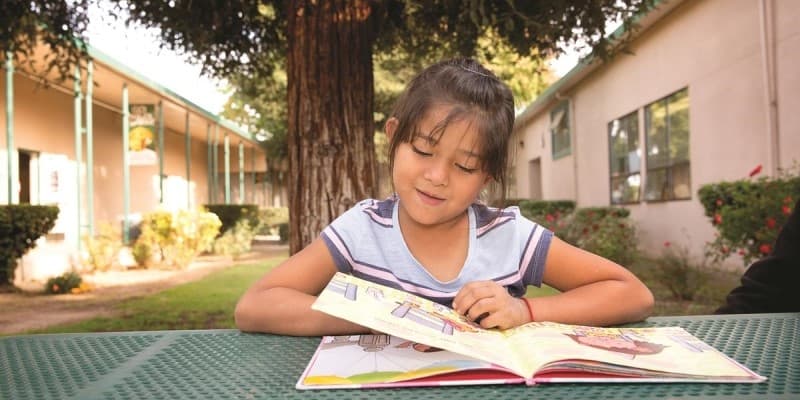5 Ways to Make the Most of At-Home Reading
As a leader in early childhood education, Save the Children is committed to ensuring kids can continue to learn at home. These 5 easy tips from our experts can keep young learners engaged in reading when school's out, during the summer or any day of the week.

1. Get comfortable. Spend a few minutes setting up a cozy at-home reading nook for your young one. This will help set the tone for story time and make these moments extra special.
Did you know? Nearly 90% of brain development happens by age 5, so the early years are fundamental to a child’s future success. Fostering a love of learning early on is key to improving literacy in America and ensuring our children's success in school and life.

2. Mix it up. In addition to rereading well-loved stories, put a few new books that are beyond your child’s current reading level in the mix.
Sadly, millions of American kids don’t have a single book at home. Though our work in more than 200 rural communities across America, where resources are scarce, Save the Children help tens of thousands of children every year through home visits, book exchanges, educational activities, parent support groups and so much more.

3. Cover the basics. Books covers contain valuable information like the book’s title, author and illustrator. It can be fun to theme story time around a favorite author or illustrator.
Our experts have also developed book lists for young readers that speak to important cultural moments, like Juneteenth.

4. Read between the lines. It’s okay to pause whenever necessary to explain new or confusing concepts raised throughout a story. New word introductions provide a good opportunity to take a break with your child to help her understand the vocabulary. While school closings continue to disrupt children’s education, there’s a growing risk to children’s psychological wellbeing as well. It’s important to look for signs in children that may signal they are struggling to process the complex changes that are happening all around them. Our experts have offered tips for helping children understand difficult transitions, like school closings due to coronavirus.

5. Relate the story to real life. No matter the book, from non-fiction to fairy tale, try to find a way to relate the story to a real-life experience your child might have had. This helps to grow critical thinking skills.
The reality of life during coronavirus can be difficult to explain to children. To help, we’ve put together 7 simple tips on how to talk about coronavirus with the children in your life.



